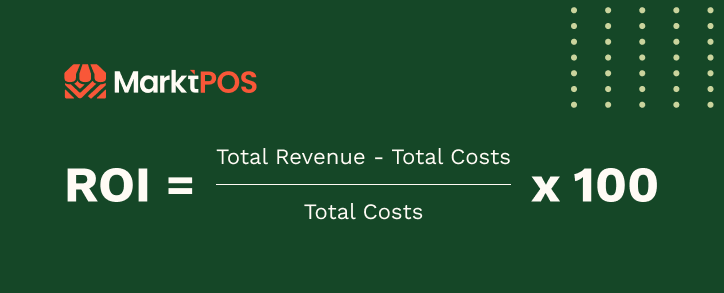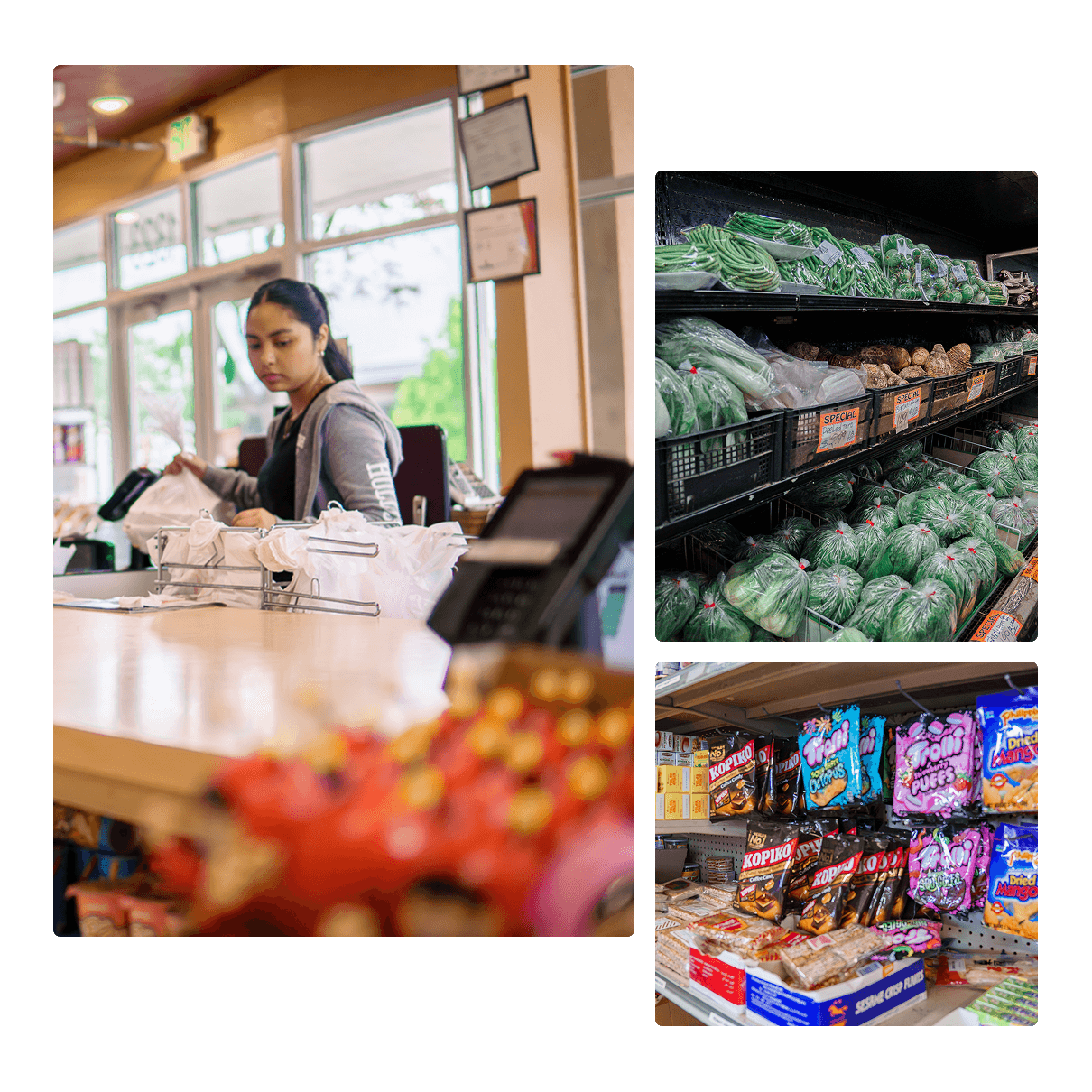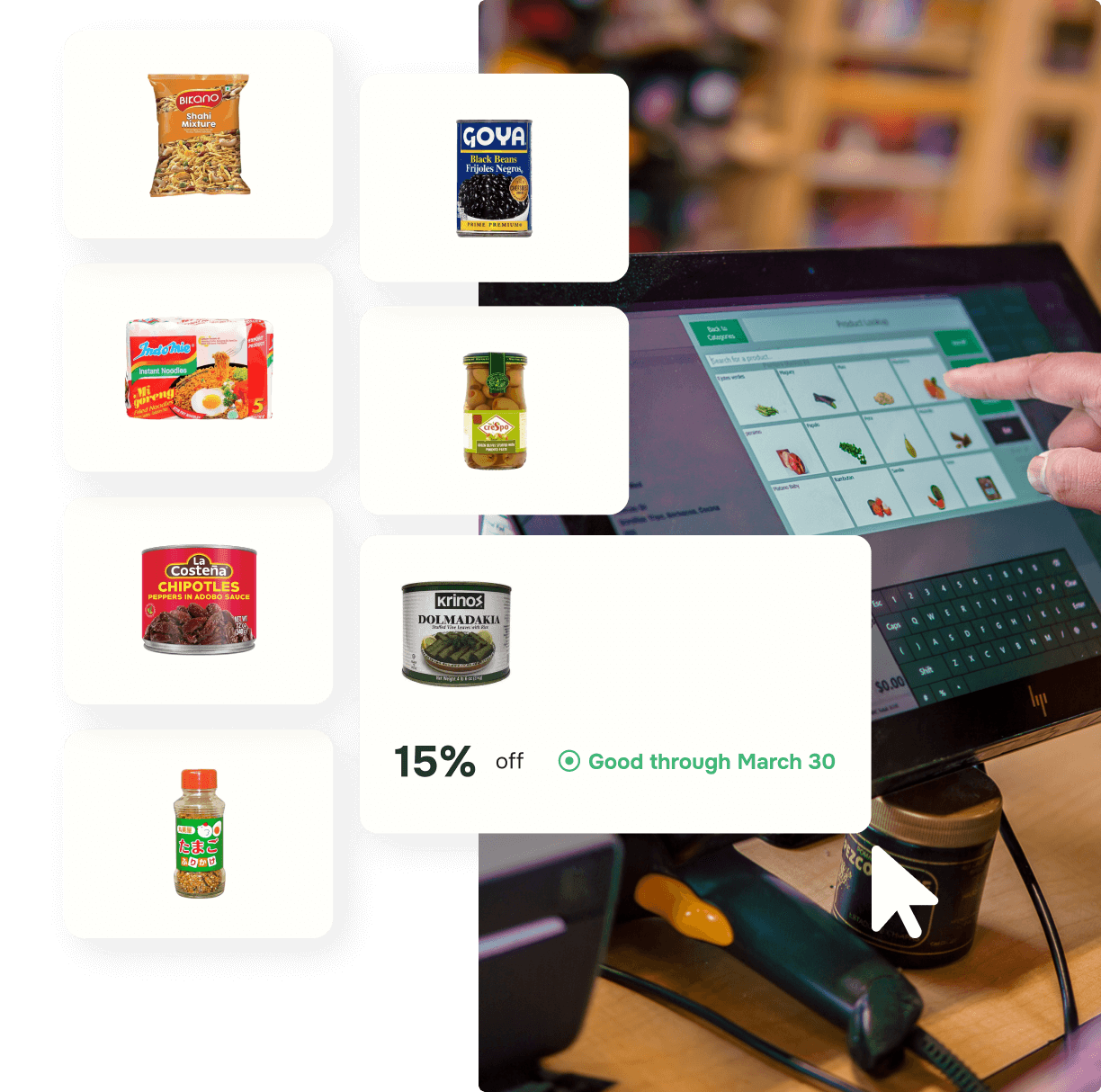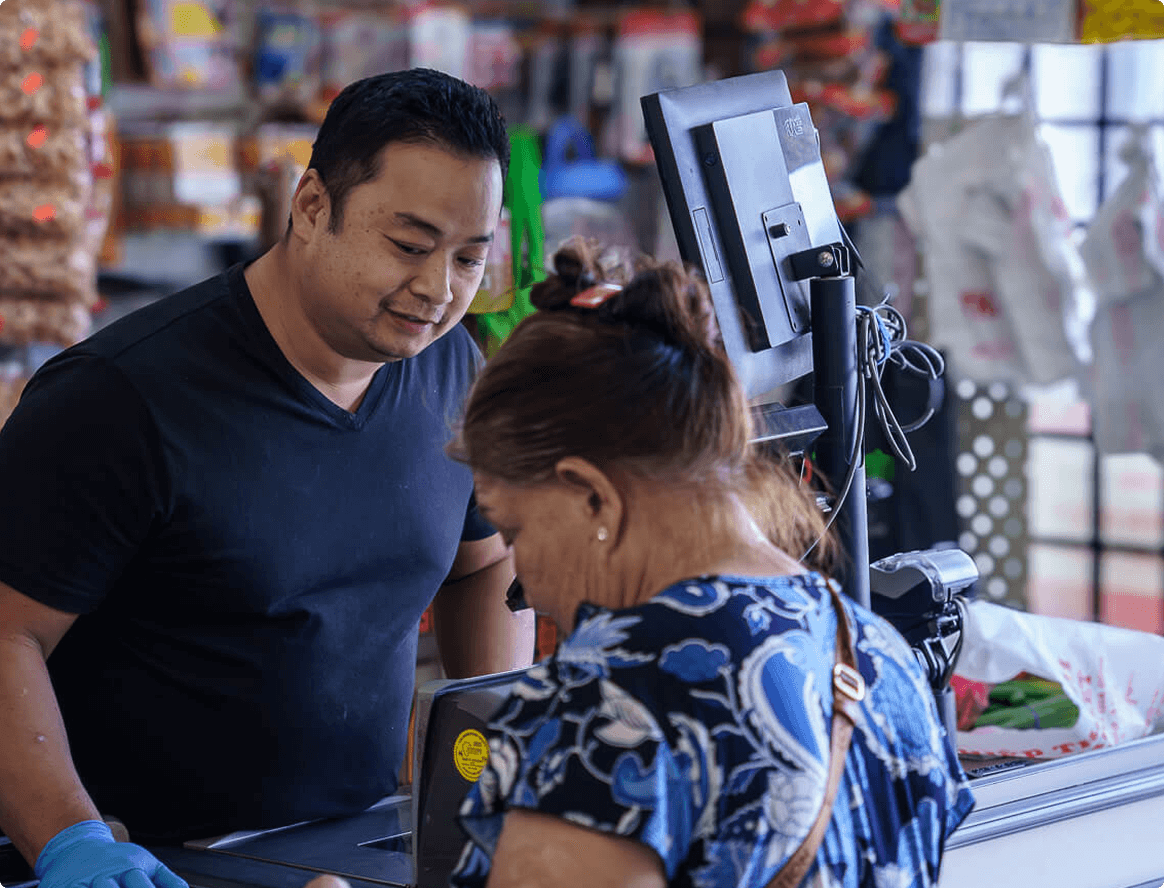Step 1
Lay the Groundwork for Successful Events
Before launching your first event or promotion, a little preparation goes a long way.
This section covers initial planning steps, including pinpointing your store’s unique advantages, setting achievable and trackable goals, and planning out your yearly promotional calendar.
By laying this groundwork now, instead of just jumping in directionless, you can define what a successful outcome looks like and improve your chances of hosting an event that genuinely resonates with your customers.





